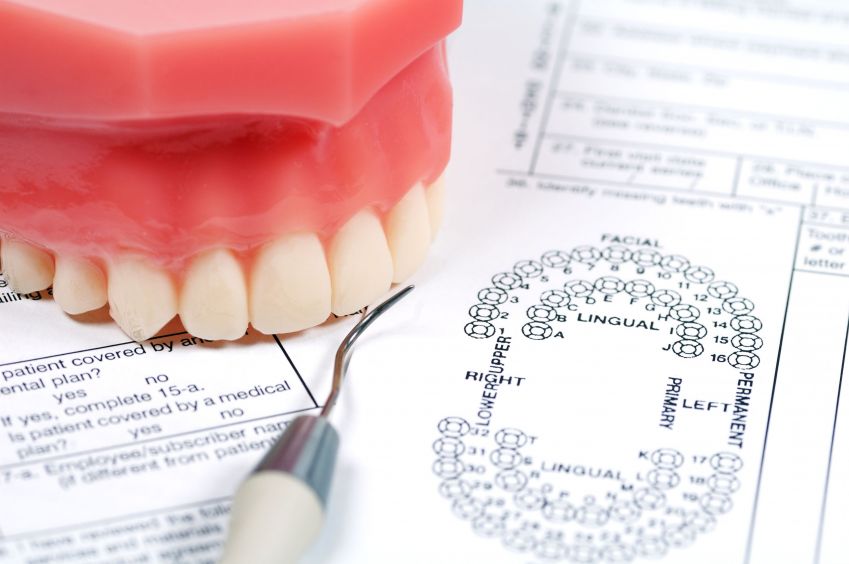Just as regular medical care is important for a person’s overall health, dental care is essential for optimal oral health. Because certain dental treatments can easily run into the thousands of dollars, it’s a good idea to have Dental Insurance. The following information will give more insight into this coverage.
Dental Insurance is a type of insurance that covers many preventive dental procedures in addition to care for dental diseases. It’s often offered as a voluntary benefits option through employers. Like medical insurance, a person will pay a monthly premium for dental benefits. The percentage a dental patient will pay for dental care depends on the type of plan chosen. The majority of plans cover services such as cleanings, X-rays, and particular treatments to promote good dental health.
Dental coverage is offered through different types of plans. A dental health maintenance organization enables a patient to receive dental care only from dentists who are within the plan’s network. A dental preferred provider organization offers coverage for visiting dentists who are within and out of the plan’s network. However, treatment received from in-network dentists is usually covered at a higher percentage. A dental indemnity plan allows a person to choose his own dental care provider, regardless of the association with the plan’s network. Costs are covered the same for all dentists under this plan. In addition, a dental discount plan helps reduce dental costs by letting a patient receive dental care at a discounted price agreed upon by the insurance company and the dentist.
Preventive and diagnostic treatment is often the main focus of dental coverage. These treatments can help a patient avoid more expensive treatments. Generally, there are four classes of insurance coverage. Class I is preventive and diagnostic care. This includes preventive exams, cleanings, and X-rays. Class II involves basic care such as root canals, fillings, and gum care. Class III deals with major treatments such as dentures and bridges. Class IV deals with orthodontic treatment such as braces. While Class I care is covered at a 100%, Class II, and Class III dental care is typically covered at 80%. By understanding these basic features of dental coverage, a person can receive care from a dentist like the ones at Carrier Dentistry. Please visit Carrierdentistrytx.com for more information.







